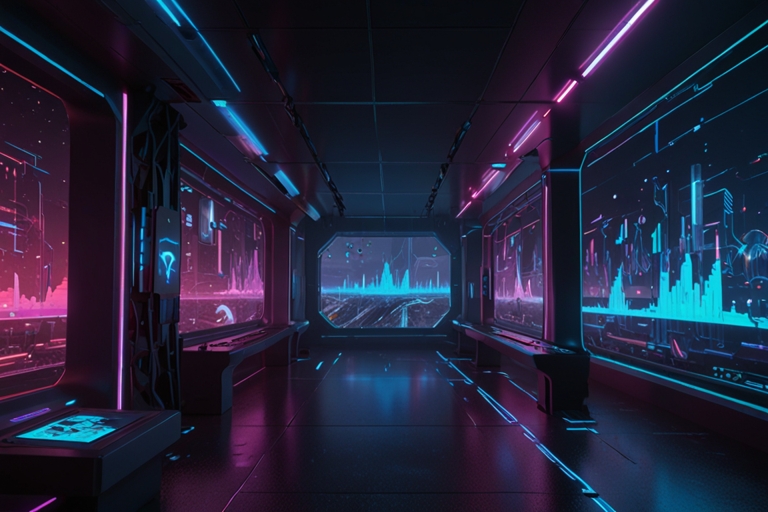
TL;DR
- Google’s Veo 3 video-generating AI hints at future use in video games.
- Veo 3 creates realistic video and audio but is still a passive, non-interactive model.
- Google aims to develop world models that simulate real environments, like Gemini 2.5 Pro and DeepMind’s Genie 2.
- Other players include Fei-Fei Li’s World Labs and OpenAI’s upcoming Sora model.
- Playable world models require active, real-time simulation beyond current video generation.
Demis Hassabis, CEO of Google’s AI research organization DeepMind, appeared to hint that Veo 3, Google’s latest video-generating AI model, could one day be used for video games.
In a playful exchange on X, Hassabis responded to a user’s call to “Let me play a video game of my veo 3 videos already,” with a hopeful “now wouldn’t that be something.” Later, Logan Kilpatrick, lead product for Google’s AI Studio and Gemini API, replied with a cryptic “.
While these posts were lighthearted, Google confirmed no official announcement yet. However, the possibility of building playable world models is well within the company’s ambitions.
World Models vs. Video-Generation Models
World models simulate the dynamics of real-world environments, enabling agents to predict how the world changes in response to their actions. By contrast, video-generation models synthesize realistic video sequences without active interaction.
Google is actively developing its multimodal foundation model, Gemini 2.5 Pro, into a world model that mimics brain functions. In December 2024, DeepMind unveiled Genie 2 — a model capable of generating an “endless” variety of playable worlds. The following month, reports surfaced that Google formed a new team focused on AI models simulating the real world.
Other leaders in world model development include AI pioneer Fei-Fei Li, who launched World Labs last year — a startup building AI systems that create 3D, video game-like scenes from single images.
What Veo 3 Offers
Currently in public preview, Veo 3 can generate video along with audio — including speech and soundtracks — and simulates realistic movements based on real-world physics. Though impressive, Veo 3 is still a “passive output” model rather than an interactive simulator.
Its initial use cases likely involve cinematic storytelling in video games, such as cutscenes, trailers, or narrative prototyping. For Veo 3 or future iterations to serve as playable world models, they must evolve into active, predictive simulators.
The Future of Playable Worlds
Creating playable worlds requires more than visual fidelity; it demands real-time, consistent, and controllable simulation. Google might eventually merge Veo 3’s video capabilities with Genie’s world modeling, forming a hybrid approach to interactive game experiences.
This area is heating up with competition from Microsoft, Scenario, Runway, Pika, and OpenAI’s forthcoming video-generating model Sora. Google’s deep pockets and ecosystem advantage make it a formidable player, prompting rivals to stay vigilant.
Google’s Playable World Models Landscape
| Model / Company | Description | Status | Potential Application |
| Veo 3 | Video + audio generative AI with physics simulation | Public preview | Cinematic game storytelling |
| Gemini 2.5 Pro | Multimodal foundation model aiming for world models | In development | Brain-inspired world simulation |
| Genie 2 (DeepMind) | AI model generating diverse playable worlds | Released Dec 2024 | Endless game worlds |
| World Labs (Fei-Fei Li) | AI creating 3D game-like scenes from images | Stealth mode | AI-generated 3D environments |
| Sora (OpenAI) | Upcoming video-generating AI model | Upcoming | Video content & possibly gaming |
Sources: TechCrunch, DeepMind, World Labs, OpenAI





